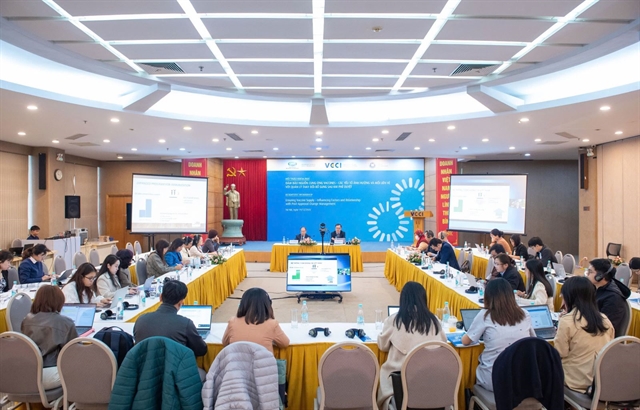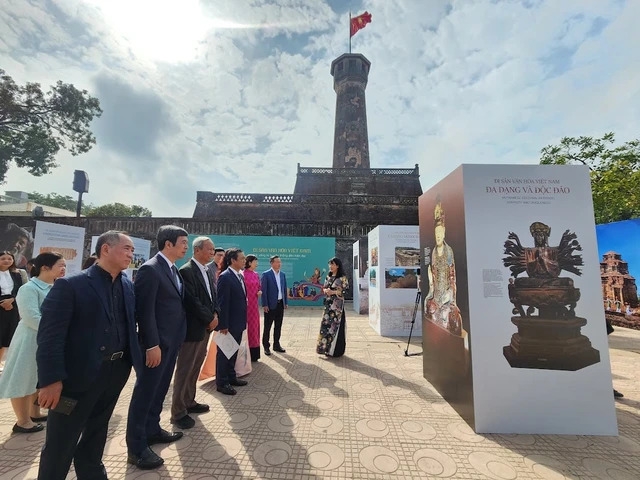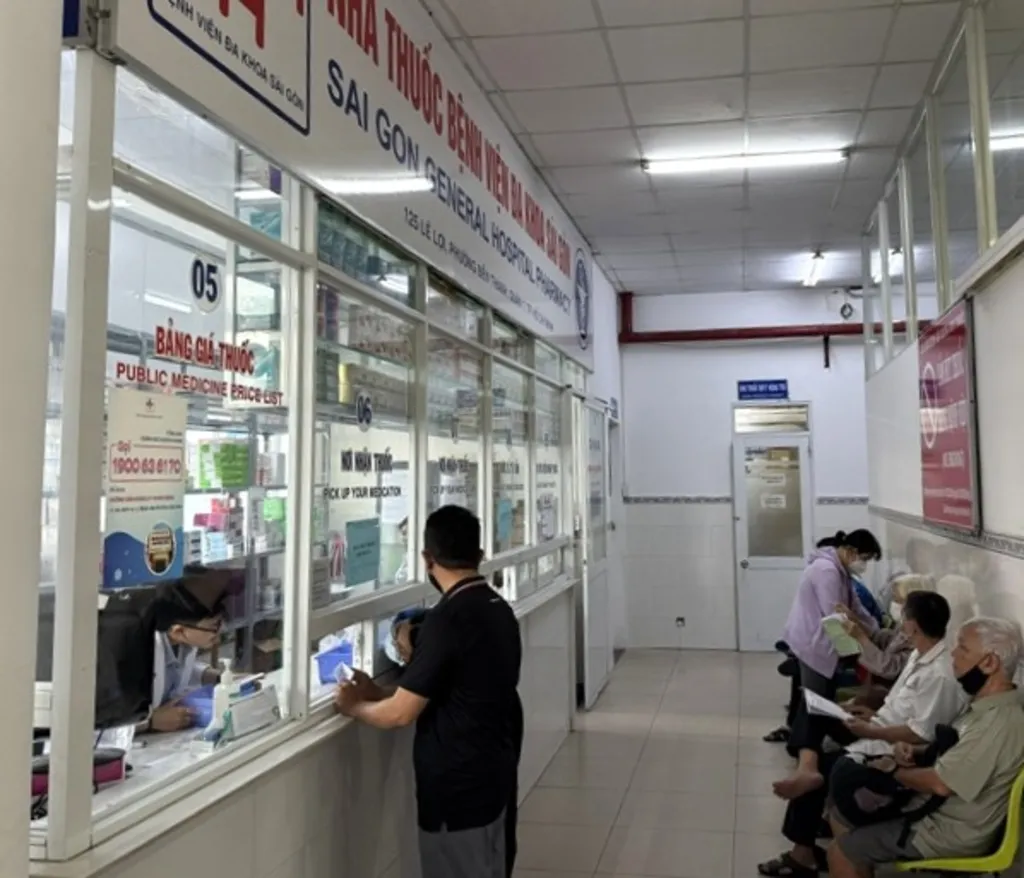 Society
Society

 |
| Patients wait for health examinations at Saigon General Hospital in HCM City. — VNA/VNS Photo Thu Hằng |
HCM CITY — HCM City plans to upgrade more than 168 medical stations to improve grassroots health care and reduce the burden on higher-level health facilities to serve its growing population, health authorities said, following the city's merger with Bà Rịa-Vũng Tàu and Bình Dương provinces.
Following the merger, the city’s population was estimated to increase from more than 9.9 million to 13.7 million, said Nguyễn Hoài Nam, deputy director of the city’s Department of Health.
The number of hospitals also increased from 134 to 164 following the merger, Nam said at a conference held on Wednesday to outline the department’s tasks for the second half of this year.
However, the ratio of hospital beds per 10,000 people had decreased from 42 to 35, posing huge challenges for the health sector to meet the medical examination and treatment needs of such a large population, he said.
Assoc Prof Nguyễn Anh Dũng, deputy director of the department, said the new health system after the merger had expanded to 164 hospitals, 38 health centres, 168 health stations, 296 health points, 110 social protection centres, 15,611 private pharmaceutical businesses and pharmacies and more than 10,000 private clinics.
"It is necessary to strengthen the capacity of health stations to make people place their trust in grassroots health care," Dũng said.
"Health stations are the closest places for locals seeking initial medical examination and health monitoring," he said.
The health sector plans to reorganise the system of health centres and health stations to improve their capacity following the merger as well as expand the coverage of primary health services and build mechanisms to attract patients to health stations.
The department has advised the city People’s Committee to merge three centres for disease control and prevention, three medical assessment centres and three forensic centres.
It has submitted a project to the committee for approval to merge Saigon General Hospital into Nhân Dân Gia Định Hospital and establish a second Từ Dũ Maternity Hospital facility in the outlying Cần Giờ area.
The health sector strives to build a special urban model to become a centre of health, science, technology and innovation for the entire country, according to Dũng.
In the near future, major hospitals in the city will speed up technology transfer and support human resources for lower levels, especially at the Côn Đảo Military-Civilian Medical Centre and areas far from the city centre.
Another key task of the health sector this year is to deploy electronic medical records at all public hospitals before September 30 and develop a Big Data platform to connect the health data of city residents with the national population database and the VNeID platform in accordance with the roadmap of the Ministry of Health.
The city will speed up progress of medical projects, including the Củ Chi Regional General Hospital project, which is expected to open on September 2, the 115 Emergency Centre project and the Blood Bank's second facility.
The delayed medical projects such as Bình Dương General Hospital, Nhân Dân Gia Định Hospital, and Trưng Vương Hospital will be reviewed. —VNS




